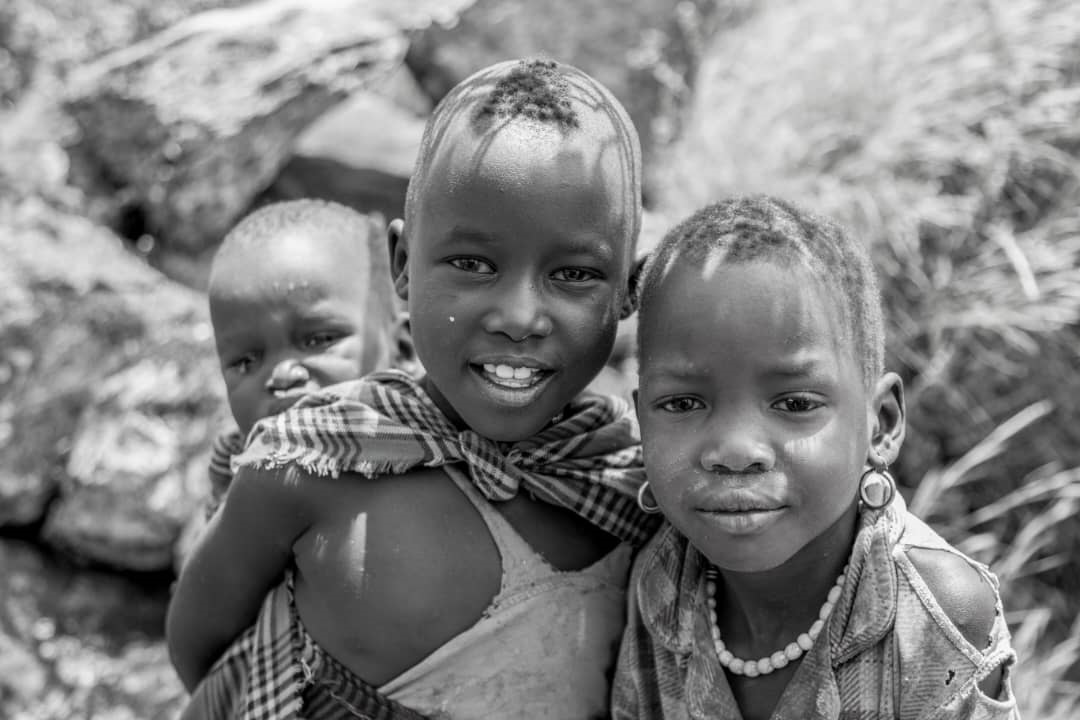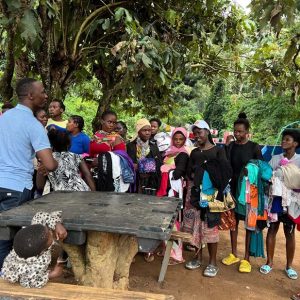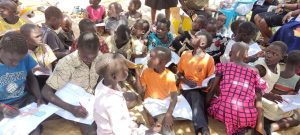Introduction:
Access to quality education remains a significant challenge for last-mile children in Uganda, particularly in rural and underserved areas. While progress has been made, there are still systemic gaps that prevent children from receiving the education they deserve. At INUA Uganda, we believe that advocacy is key to driving the changes needed for an inclusive and equitable education system. This blog explores the current challenges and what needs to change to ensure every child in Uganda can access quality education.
Current Challenges in Uganda’s Education System
1. Insufficient Infrastructure
Many rural schools lack basic infrastructure such as classrooms, libraries, and sanitation facilities. Overcrowded classrooms and dilapidated buildings make learning difficult and unsafe.
2. Teacher Shortages and Training Gaps
There is a significant shortage of qualified teachers in rural areas. Additionally, many teachers lack access to ongoing training, leading to outdated teaching methods and limited student engagement.
3. High Dropout Rates
Poverty, early marriages, and the need for child labor contribute to high dropout rates, especially among girls. Many families cannot afford school fees, uniforms, and supplies, forcing children to abandon their education.
4. Limited Access to Learning Resources
Rural schools often lack essential learning materials such as textbooks, computers, and internet access. This digital divide puts rural students at a disadvantage compared to their urban peers.
5. Gender Inequality
Cultural norms and practices often prioritize boys’ education over girls’, leading to fewer girls completing their education. Gender-based violence and lack of menstrual hygiene products also contribute to girls dropping out.
What Needs to Change
1. Investment in Infrastructure
The government and stakeholders must invest in building and upgrading school infrastructure in rural areas. Safe, well-equipped schools are essential for effective learning.
2. Teacher Recruitment and Professional Development
Policies should focus on recruiting more teachers for rural areas and providing continuous professional development to ensure teachers are well-equipped with modern teaching skills.
3. Financial Support for Vulnerable Families
Subsidies, scholarships, and free school programs can help reduce the financial burden on families, encouraging more children to stay in school.
4. Enhancing Access to Learning Resources
Providing rural schools with textbooks, digital tools, and internet access will bridge the resource gap and improve learning outcomes.
5. Promoting Gender Equality in Education
Initiatives that promote girls’ education, provide menstrual hygiene products, and protect girls from early marriages are crucial for achieving gender parity in education.
The Role of Advocacy
Advocacy plays a critical role in driving policy changes and securing resources for last-mile education. INUA Uganda engages in:
- Community Advocacy: Raising awareness about the importance of education within rural communities.
- Policy Advocacy: Collaborating with government bodies to influence education policies.
- Partnerships: Working with local and international organizations to mobilize resources for education.
Conclusion
Transforming Uganda’s education system requires collective efforts from the government, NGOs, communities, and other stakeholders. By addressing infrastructure gaps, supporting teachers, providing financial aid, and promoting gender equality, we can ensure that every child in Uganda receives a quality education. INUA Uganda remains committed to advocating for and supporting last-mile education, creating brighter futures for children across the country.



